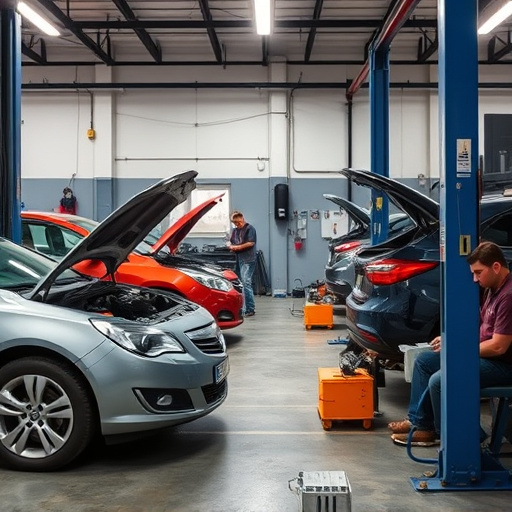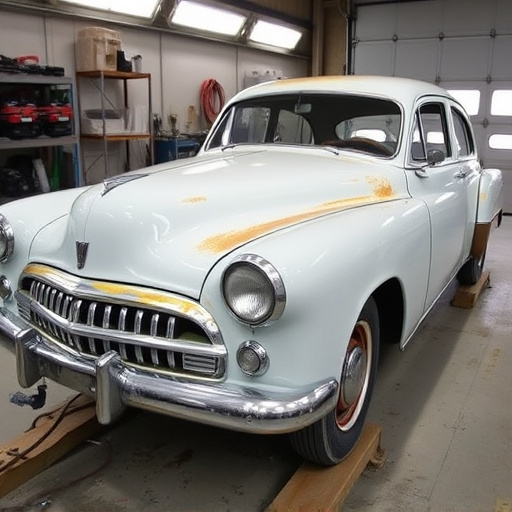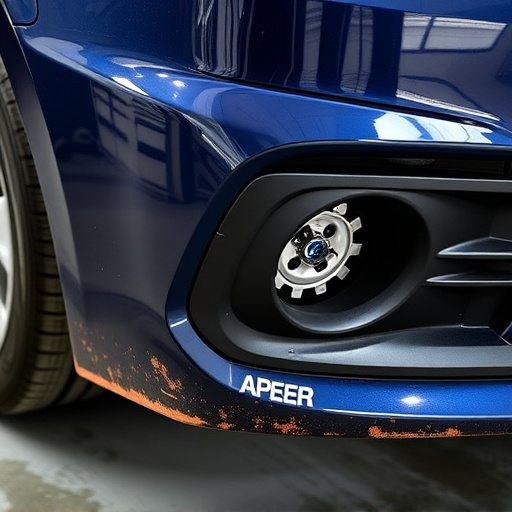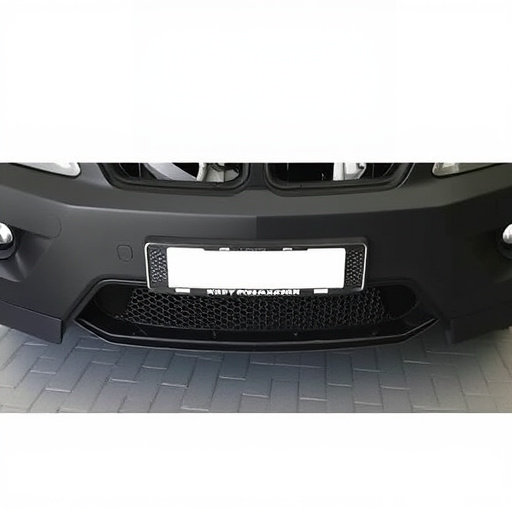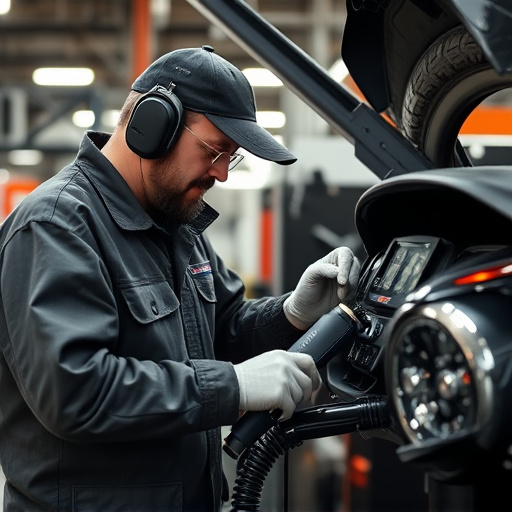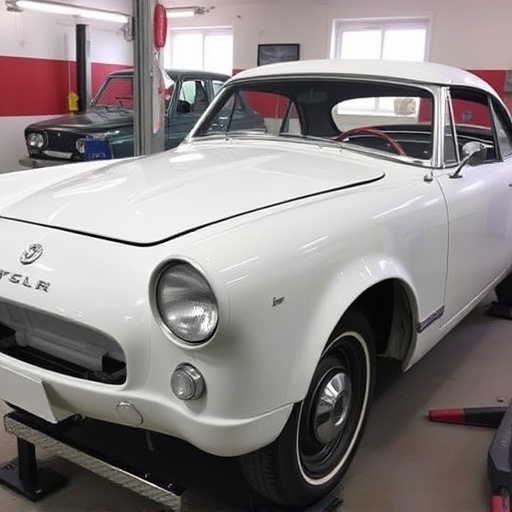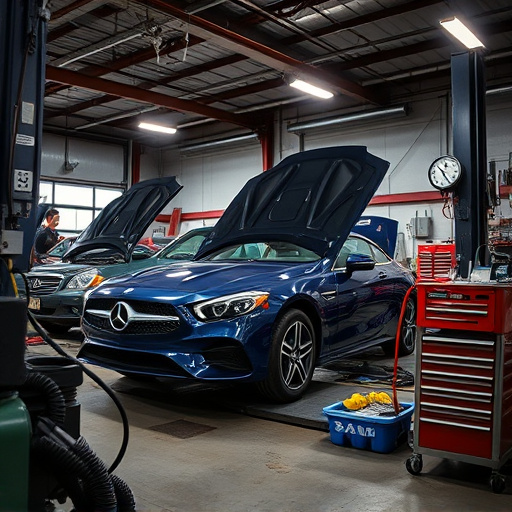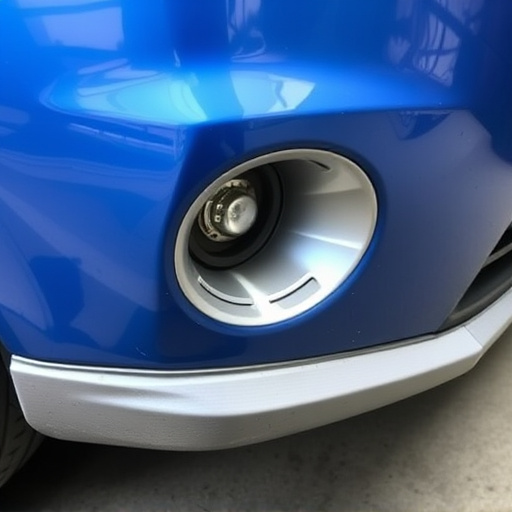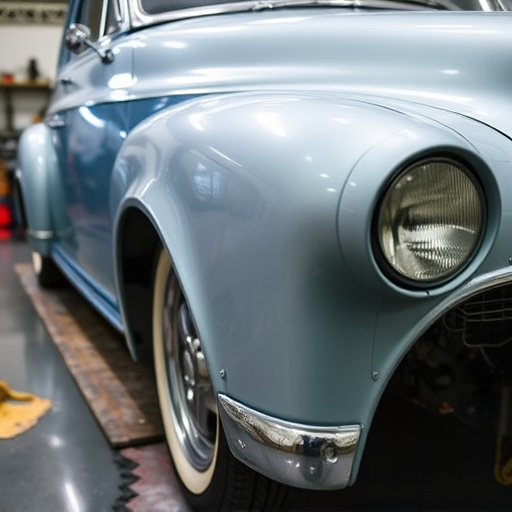Collision damage repair involves meticulous inspections and skilled technicians using advanced tools for structural restoration. Integration of electronic safety systems, like airbags and ADAS, is crucial, requiring precise recalibration to meet modern vehicle standards. The goal is to balance aesthetic restoration with technological precision, ensuring safe driving through optimal sensor and control unit reprogramming.
Collision damage repair involves a complex process of restoring vehicles to their pre-accident condition. With advancements in technology, integrating electronic safety systems has become crucial for ensuring vehicle safety and reliability. This article delves into the intricacies of collision damage repair processes and highlights the significance of integrating advanced electronic safety systems. We explore strategies for safe and efficient vehicle restoration, providing insights for professionals and enthusiasts alike.
- Understanding Collision Damage Repair Processes
- Integrating Electronic Safety Systems in Repairs
- Ensuring Safe and Efficient Vehicle Restoration
Understanding Collision Damage Repair Processes
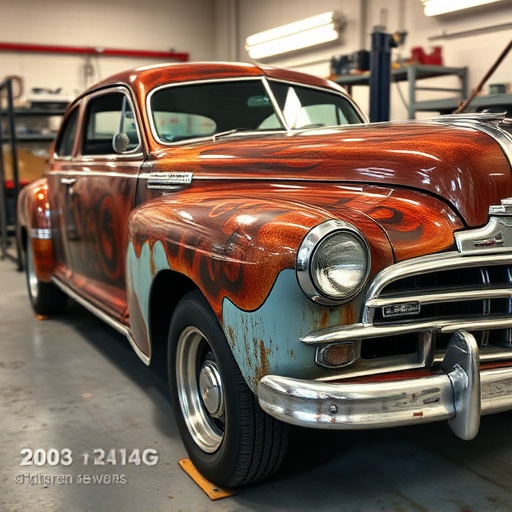
Collision damage repair is a complex process that involves several intricate steps to restore vehicles to their pre-accident condition. It begins with a thorough inspection to assess the extent of damage, which can range from minor dents and scratches to more severe structural issues. Skilled technicians use advanced tools and techniques tailored to different vehicle makes and models. This may include metal welding, painting, and the replacement of various parts.
An integral part of modern collision repair involves integrating electronic safety systems. As vehicles become increasingly equipped with sophisticated technology, auto collision centers must ensure that these systems are properly aligned and calibrated during the repair process. This includes working on components like airbags, brake systems, and advanced driver-assistance systems (ADAS). By combining collision damage repair with precise electronic system integration, automotive repair services can guarantee not only aesthetic restoration but also optimal vehicle safety and performance.
Integrating Electronic Safety Systems in Repairs
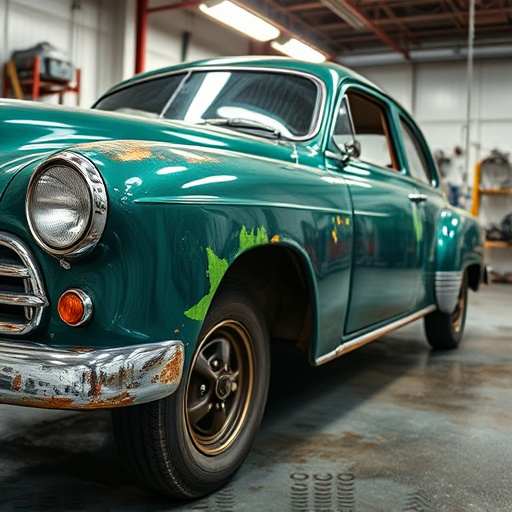
In the realm of collision damage repair, integrating electronic safety systems has emerged as a game-changer. As vehicles become increasingly sophisticated with advanced driver assistance systems (ADAS), seamless integration during auto body repair is essential to maintain optimal vehicle performance and safety standards. This involves not just repairing visible damages but also recalibrating and reprogramming critical sensors, cameras, and control units that are integral to modern automotive restoration.
The process requires skilled technicians who understand the intricate interplay between collision damage repair and electronic safety systems. By meticulously addressing both structural integrity and technological precision, vehicle bodywork can be restored to its pre-collision condition—ensuring not just aesthetic appeal but also enhanced safety features like autonomous emergency braking, lane departure warning, and adaptive cruise control function at their highest levels post-repair.
Ensuring Safe and Efficient Vehicle Restoration
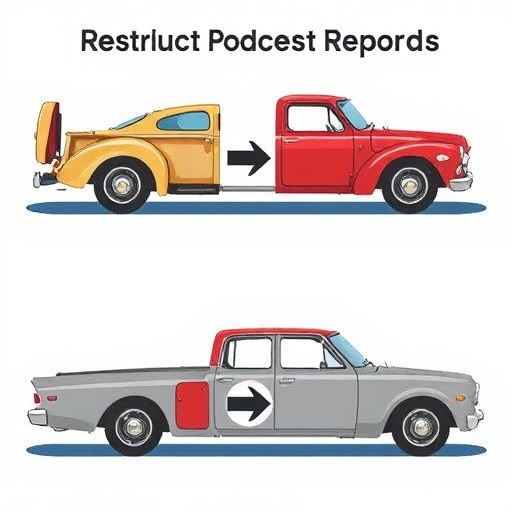
In the realm of collision damage repair, safety is paramount. As vehicles become increasingly complex with the integration of electronic safety systems, the process demands a delicate balance between restoring structural integrity and preserving sensitive components. Skilled technicians in top-notch car body shops employ advanced techniques to ensure precise repairs that meet modern vehicle standards. This meticulous approach not only guarantees safe driving conditions but also optimizes efficiency in car repair services, minimizing downtime for vehicle owners.
The seamless integration of collision damage repair with electronic safety systems is a game-changer. Modern autobody repairs go beyond mere aesthetics and structural fixes; they involve careful handling of intricate sensors, airbags, and diagnostic systems. By leveraging cutting-edge technology and staying updated with industry trends, car body shop professionals ensure that restored vehicles not only look like new but also function at peak performance, enhancing safety features and overall driving experience.
Collision damage repair has evolved to incorporate advanced electronic safety systems integration, ensuring safer and more efficient vehicle restoration. By understanding the complex processes involved, from assessing impact to precise recalibration, we can facilitate a seamless blend of traditional repairs with cutting-edge technology. This holistic approach not only enhances vehicle performance but also reinforces safety standards in today’s digital era, ultimately benefiting both repairers and drivers alike.
